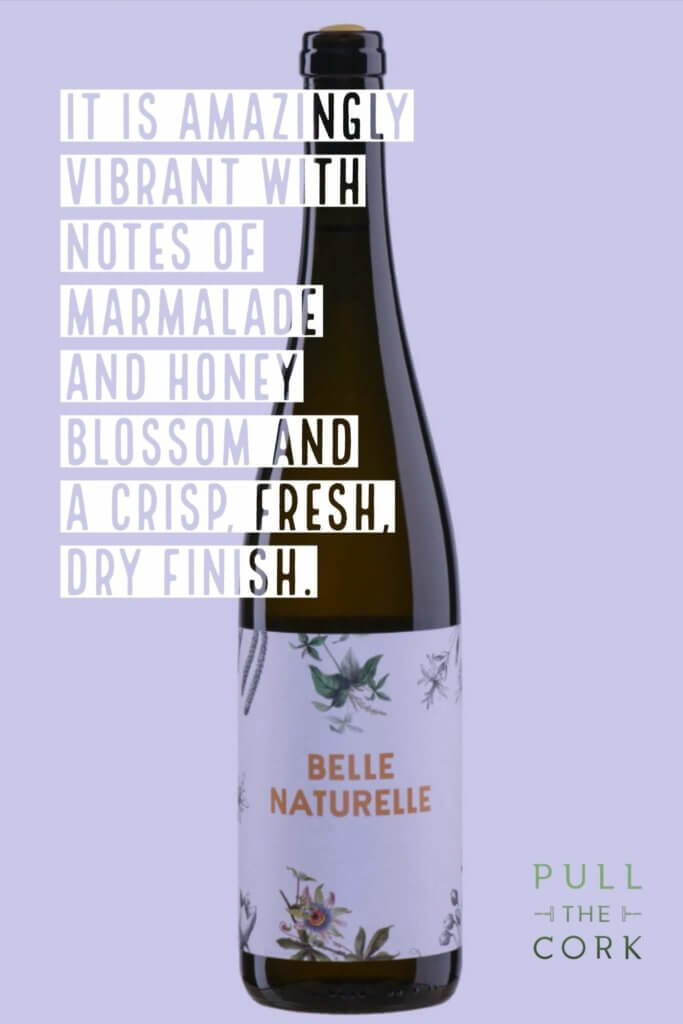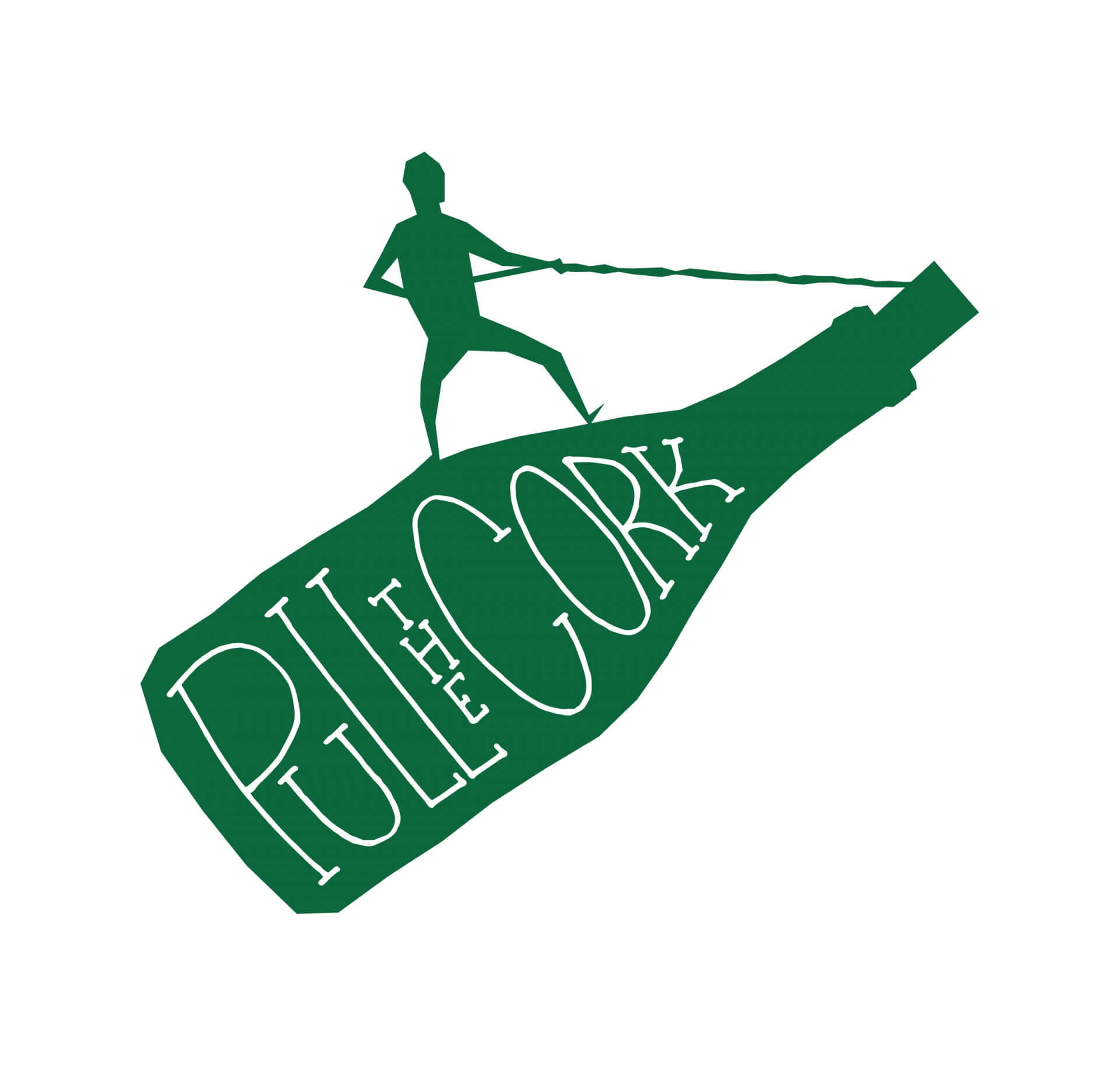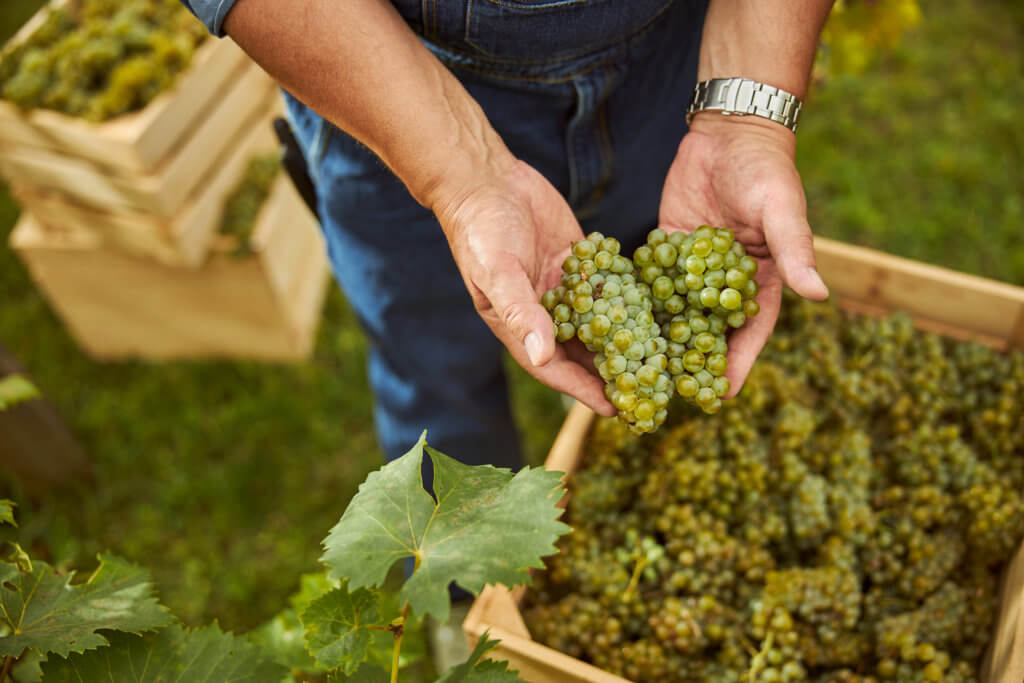Orange Wine
Orange Wine: What You Need to Know About Skin Contact Wine
What is orange wine? Or is it skin contact wine?
Whether you call it orange, skin contact or amber wine, it’s the same delicious wine. But, if you are just becoming familiar with orange wine, we need to dig deeper into the subject. So, first things first – no, orange wine isn’t made from oranges. In fact, orange wine or skin contact wine has absolutely NOTHING to do with oranges, except they share the same colour, kind of.
Skin contact wine is a type of white wine, but one that has been made like red wine. Are you following?
Tradition and history of skin contact wine
Skin contact wine is essentially white wine that has turned orange because the grape juice has been allowed to stay in contact with the grape skins (macerate), from as little as a few days to as much as a year (and that is extreme even by red wine standards). This gives the wine a more full-bodied, tannic character, and depth of colour, which ranges from pale gold to deep bronze. The colour completely depends on how long the skin contact is for; sometimes days, sometimes several months.
- One of the oldest types of wine in the world.
Yes, it is only just becoming fashionable in the wine world now, but it has been around for over 8,000 years. Some people call it Georgian wine because Georgians are referred to as the original winemakers and the country is considered the birthplace of skin contact wine.
- A wonderfully complex mix of flavours
The wine can taste like red wine because of the way it has been made, with the tannins, body and texture and depth of natural red wine. But because the base of the wine is white wine grapes, it also has the fruitiness and aromas associated with white wine. So, always expect an explosion of taste. When it comes to natural wines, you will also be glad to have a low histamine wine on disposal. Be sure to explore these wines.
- Has a unique colour that varies from light yellow to deep ale-like amber
The colour of the skin contact wines is understood to come from compounds in the skin such as carotenoids – also found in carrots – and flavonoid type phenols. Due to the colour, orange wine is also called amber wine.
Still with us? Let’s continue.
- While you are here, explore also the benefits of low alcohol wine.
Orange wine isn’t rosé wine
No, orange wine isn’t rosé wine (although they’re made the kind of the same way). Rosé wine is made by allowing the skins of red grapes to ever so slightly stain the grape juice; orange wine is made by allowing the skins of white wine grapes to ever so slightly stain the white grape juice.
And whilst in white winemaking it is wholly undesirable to allow the grape skins to remain in contact with the grape juice, this is where skin contact wine sets itself apart from the crowd because going against the grain is very much what is required to make this exceptional tipple.

Skin contact wines are natural wines
Orange wine is known as low intervention wine because of the way in which it is made – the white grapes are vinified similar to red wine grapes, and that is about as much intervention as the wine gets. One of the biggest and oldest winemaking players in the world is Georgia, as we already mentioned. They have been making this wine longer than anyone else. Georgians are another reason why we call orange wine amber wine, besides the colour.
In Georgia, orange wine is called amber wine, to avoid any confusion with citrus fruits.
The Georgian way of making the wine is to squash the grapes and put the resulting juice, skin, pips, stems and everything else that happens to be in the mix, into an egg-shaped clay jar (qvevri) that is lined with beeswax paper, and then sealed and buried in the earth, preferably in the cellar of someone’s home, to allow the mixture to ferment for as long as necessary.
There is no addition of yeast in natural orange wine – the fermentation process relies on wild fermentation, the naturally occurring yeasts on the skins of the grapes must do the work of turning the grape juice into wine. There is also no addition of sulphates, nor are the wines fined or filtered, meaning – don’t be surprised if your wine is cloudy.
Find out how long does wine last.
Orange wine food pairing like a pro
In all honesty, this has been playing on our mind all week. We haven’t yet found anything wholesome that really pairs perfectly with orange wine. It’s good with salads, but then again it depends on what you have in the salad, if there is a bunch of citrus fruit then it won’t work. I have tested it with Haddock, Cod, smoked mackerel, and lighter fish, and so far I haven’t found a match. But as an aperitif or wine to have with canapés it is simply perfect!!
I would almost go so far as to say that it can be a great rosé replacement if you haven’t tried it yet – honestly do not be afraid, it’s simply sublime!
But put your fork down, after many tests and experiments, we have finally found the answer – orange wine pairs perfectly with strong flavours.
- Think you can’t drink wine with curry? You can now.
- Wondering what wine to serve with a Moroccan Lamb Tagine full of spices and deep flavours? Pair it with orange wine.
- Mature cheddar for lunch? Garlic chicken for supper? The stronger the food flavour, the better it works with handling this natural wine.
What about the sugar content in wine? Learn more about calories in a bottle of wine.
How to drink orange wine
Don’t be fooled into thinking skin contact wine is a light drinker, it is anything but – it packs a punch that can, on occasion, be slightly sour. So whilst we tend to drink white wine and natural rose wine chilled with salads and lighter foods, the best way to drink orange wine is at cellar temperature and with meatier choices. Because it is a meaty wine, dressed up in a skimpy summer dress.
Just as natural white and red wines are full of unexpected surprises that make them such an incredible drinking experience, so too does orange wine always mix things up.
At Pull The Cork we tend to pride ourselves in constantly evolving and trying new things, and this is where orange wine comes into the question, it can occasionally be super vibrant and refreshing, on the other hand of the spectrum it can also be as sour as an old Somerset cider.
P.S. We have also tested what goes with amazing Chardonnay and listed some tasty Chardonnay food pairing.
Why should you try orange wine?
In our eyes, orange wine is fast becoming the new white wine alternative.
Orange wine is a hugely diverse product and we have seen that it is catching on very quickly with consumers – they want to try something different, which if you presented this wine 5 years ago, I think a lot of people might turn their nose up to it. There are so many different countries that are now experimenting with these winemaking techniques, such as Slovenia, France or Spain but also Austria, Germany and South Africa.
So, for example, one of the most intriguing (and delicious) Slovenian wines is Atelier Kramar Bohem 2016, which is an aromatic wine, with hints of wild spice and rich peaches, perfect appetiser.
Costador Terroirs, Metamorphika, Macabeu Brisat, 2018 is a mountain wine, with strong aromas of orange zest and apricots, but also honey, and even brioche. Metamorphika is a summer wine, perfect for the afternoon.
On the other side, you will be surprised and intrigued by one of Spain’s finest white-wine varieties Xarel-lo, a grape variety that can produce wines full of character with intense aromas, such as Sicus Cartoixa Brisat Xarel·lo 2017, which is a mature, long wine with aromas of ripe white fruit, Mediterranean forest and dry flowers.
And then there are Gut Oggau wines, may we say, amazing organic and biodynamic wines, rare and limited. When you taste Gut Oggau Weinland Edmund 2018 – with every sip of it you may even feel the desire to break conventions yourself and let your own crazy side out!
Curious to taste natural skin contact wines?
The thing we particularly love about orange wine is its ability to divide opinion. It is a surprising experience if you aren’t prepared for it because it is nothing like you will have tasted before.
- Orange wine is a complex mix of all the best bits of white and red wine, and it is unashamedly unique.
Orange you glad you tried it? (Sorry).
You’d be pretty crazy not to at least try these premium organic skin contact wines, they are scrumptious!! Grab our wine subscription and get special offers and discount for our premium collection of low intervention, natural and organic wines. Browse our collection of artisan natural wines and find premium orange wine on sale – Pull TheCork delivers them straight to your door!
Cheers!

